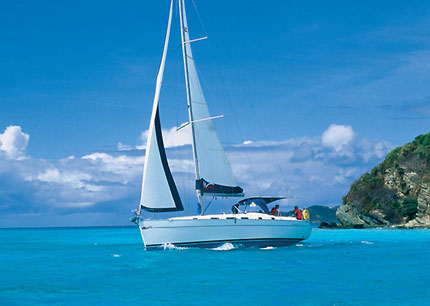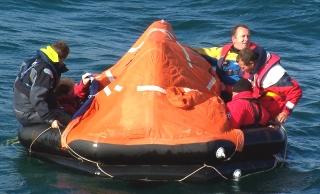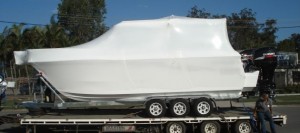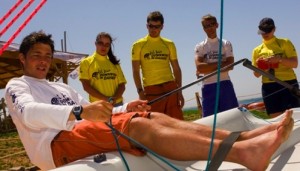When it comes to sailing, the time of year at which it is done can make all the difference.
Sailing in the winter is far less appealing than in the summer for a multitude of reasons but one of the major factors is weather.
The summer months should mean warmer weather (and therefore warmer water as it will be heated for longer) which enhances the entire experience.

Good weather makes it easier to learn to sail as aspects such as dangerous seas and rapidly changing conditions are less of a consideration.
Waters will traditionally be calmer when weather conditions are brighter which makes the experience safer, as well as more enjoyable.
While the UK is not necessarily known for its scorching summers, there remains a noticeable difference between the winter and summer months.
The threat of sunstroke in exceptionally warm conditions should not be ignored either and necessary preparations should be made accordingly.
Safety when sailing is essential and first aid courses and survival training will provide knowledge of the basics that could be required in an emergency.
Regardless of conditions, the ways of recovering people from the water or the principles of applying first aid will not change – meaning this sort of training is essential for sailing at any time of year.
Most seas will be colder and rougher in winter months, dictated by the weather conditions that are associated with the various weather systems that are found in abundance at that time.

Therefore, sailing training is not recommended during the winter – many courses will not run for safety reasons – although that does not stop learning on smaller lakes or water courses.
Essentially, when it comes to training any sailor should undertake courses in environments where they feel confident and comfortable.
Trainers will recognise when weather conditions are not suitable to teach in and will act accordingly in the interests of safety – some aspects to be aware of can be found here.
Rough waters can be incredibly dangerous for vastly experienced sailors, let alone those who have only received basic training.
Depending on where you are in the world will also have an impact on whether sailing in the winter months is feasible or not.
Some regions will see their waters ice over in cold conditions, meaning sailing is completely out of the question.
The best options in these areas are to put boats into storage to protect them from the elements and find an alternative to sailing for a couple of months until temperatures improve.

Credit: shrinkwrappingaustralia.com.au
Safety will also depend on the type of vessel being used, as some will be more capable of coping with conditions than others.
Motorboat courses can provide all of the information required regarding using that type of vessel while other courses are available for yachts and smaller boats.
The summer has longer daylight hours than the winter months, meaning there are more time slots available in which to undertake sailing training.
This is vastly different to the winter months when limited day light hours place a restriction on when conditions are safe to sail in – sailing in darkness as a beginner is not recommended.
Even those that have the necessary day skipper training could still face difficulties in darkness so staying safe and only sailing in daylight enhances safety.

Being able to spend more time on the water in the summer also increases the amount of experience that can be built up when learning to sail.
Experience is vital to an individual’s development as a sailor and only time on the water can prepare them for the challenges they will face.
Therefore, calmer, lighter, safer conditions in the summer are preferable to the darker, more uncertain conditions likely to be seen in the winter.